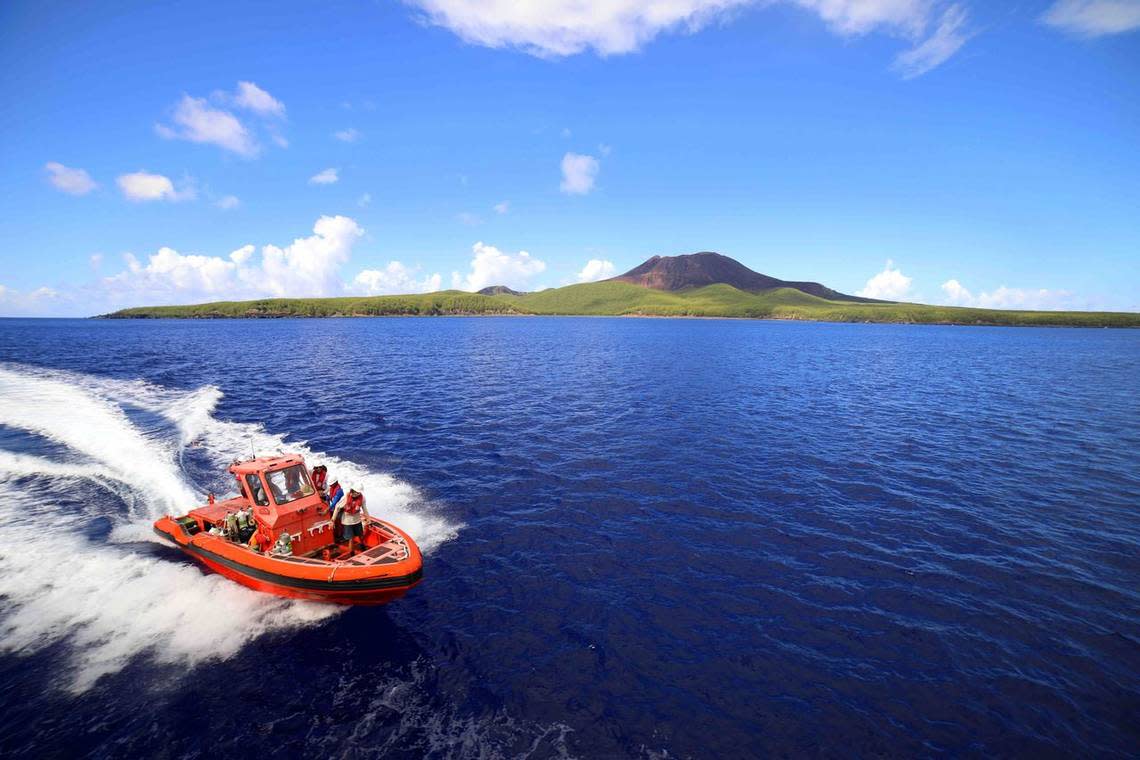Are deep blue seas fading? Oceans turn to new hue across parts of Earth, study finds

A large swath of Earth’s oceans changed color over the past 20 years — and human activity is suspected to have caused it, a new study reports.
That deep blue color depicted so richly in postcards is disappearing, particularly in the tropics.
“On the whole, low-latitude oceans have become greener in the past 20 years,” according to the report published in Nature.com.
The discovery has confirmed what study coauthor Stephanie Dutkiewicz has long feared.
“I’ve been running simulations that have been telling me for years that these changes in ocean color are going to happen,” she said in a news release from the Massachusetts Institute of Technology. “To actually see it happening for real is not surprising, but frightening. And these changes are consistent with man-induced changes to our climate.”
The color shift was discovered as researchers poured over two decades’ worth of satellite data. They eventually concluded 56% of ocean’s surface was greener than it was before the turn of the century.
The shift in color will impact “marine food webs,” the team concluded. However, the report did not specify a broader impact on humans.
Climate change may be driving the shift, scientists suspect. However, the trend does not appear to be associated with rising sea surface temperatures, the study concluded.
“We don’t know what is causing the trend. It could be dissolved organic material, changes in the type and quantity of phytoplankton…all these aspects can affect ocean color,” study coauthor Emmanuel Boss told EOS Science News.
“We’re hoping more colleagues will try and find what has been causing these changes.”
‘Rare’ mutation similar to antlers appears on Florida sea creature. What caused it?
‘Lost cities.’ New hydrothermal vent towers found billowing in Mid-Atlantic, team says
Mile-high ‘noodly line emerging from seafloor’ leads to discovery off southern Alaska

